January 22, 2024
The Explainers
Christian Bertsch and Mia Meus interview by C/O Vienna Magazine
Do we still understand the highly complex and specialized research of scientists? Why do so many people trust conspiracy theories more than facts? We discuss with Christian Bertsch and Mia Meus from the Institute of Science and Technology Austria (ISTA) how it is possible to explain complicated things to laypeople in a simple way – and why art is quite suitable for this.
In collaboration with C/O Vienna Magazine by Bernardo Vortisch.
“Art and science are both attempts to explain the world”
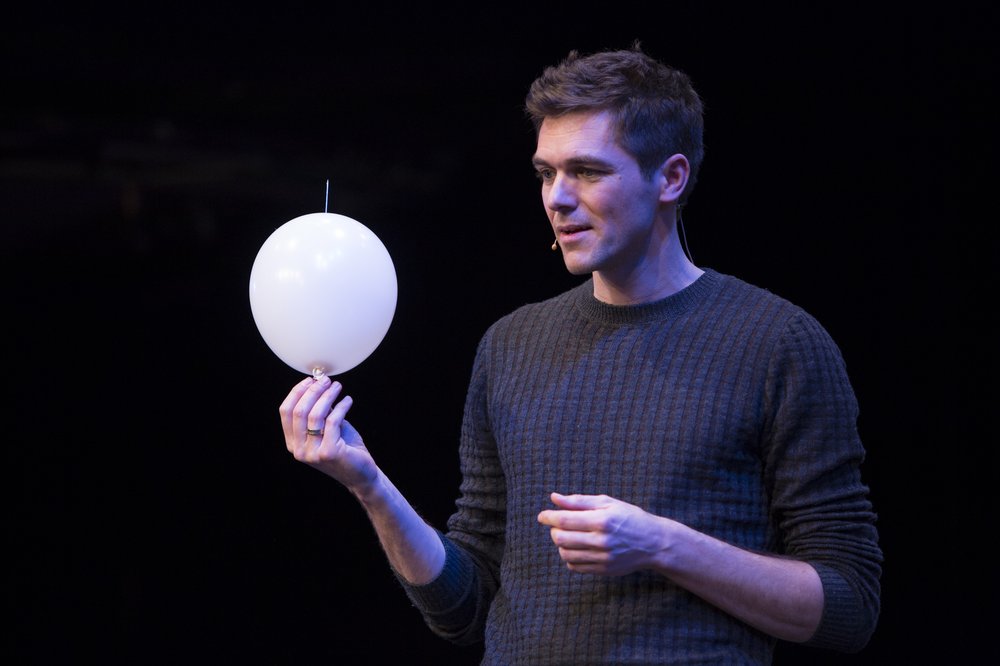
Bernardo Vortisch: Hand on heart! Do you always understand what your colleagues are researching all day long?
Mia Meus: No, we don’t always understand everything either (laughs). But we’re not so bad at making complicated things easier to understand. People from over 80 countries work at ISTA. What unites them and all of us is our curiosity and enthusiasm for questions to which there are still no answers. The crux of the matter is that some of our researchers are so “cutting edge” that we have to be very creative in order to communicate their research.
BV: What is your idea?
Christian Bertsch: We have launched the “VISTA Science Experiences” initiative to help us do this better. It is intended to provide a new perspective and unusual angles on research. We want to make it accessible to many people, people who are not involved in science, including young children, but also pensioners and, of course, young people at all school levels.
BV: There will even be a “VISTA Science Experience Center” on campus for this purpose! What can visitors expect there in the future?
MM: This location is in the middle of the ISTA campus in Klosterneuburg. This makes us the central point of contact for visitors to the Institute. We have 1,000 square meters at our disposal where you can interact with science. Half of this space will be taken up by our “Research Gallery”, where we show exhibitions on scientifically and socially relevant topics. I am one of the curators.
“The feeling of losing control …”
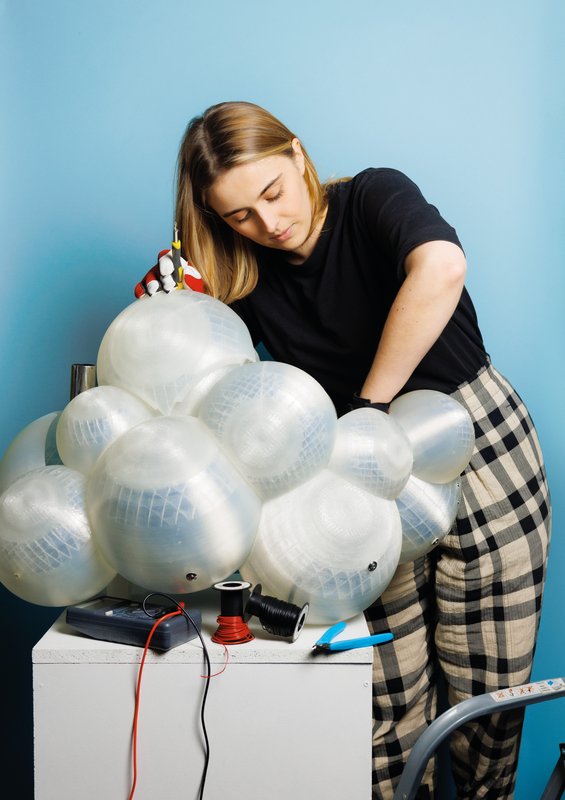
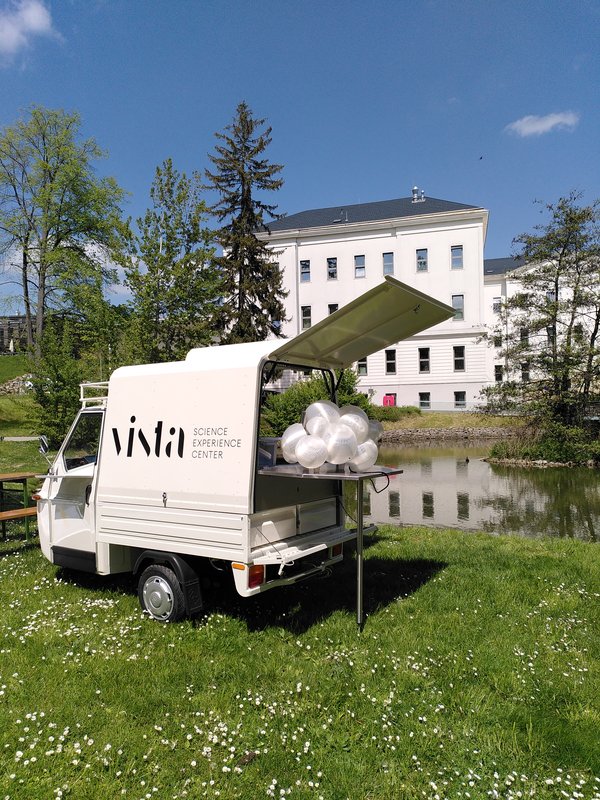
BV: What I’ve been asking myself for a long time: Is art really just a pure communication tool for science or can art also lead to scientific knowledge?
CB: One thing is certain: if you are doing basic research and exploring something completely new, following your curiosity, then a great deal of creativity is required.
MM: Many people are always amazed at how similar creatives and scientists are in terms of their personality and their passion. Both are involved in creative processes. Socially, however, we separate these disciplines, yet both art and science are attempts to explain the world. Art shows science new ways and vice versa.
BV: The match between art, design and science is currently omnipresent in the art world, isn’t it?
MM: And rightly so! Artists and creatives are now working very precisely, profoundly and competently with scientific methods in order to approach a topic. They collaborate with experts and network internationally. We are currently in a very interesting era.
BV: What is currently driving both, science and art?
MM: The search for the origin of life, questions about our relationship with nature, the limits and opportunities of artificial intelligence, possible symbioses between machines and biology – the list is long.
“Playing with open cards”
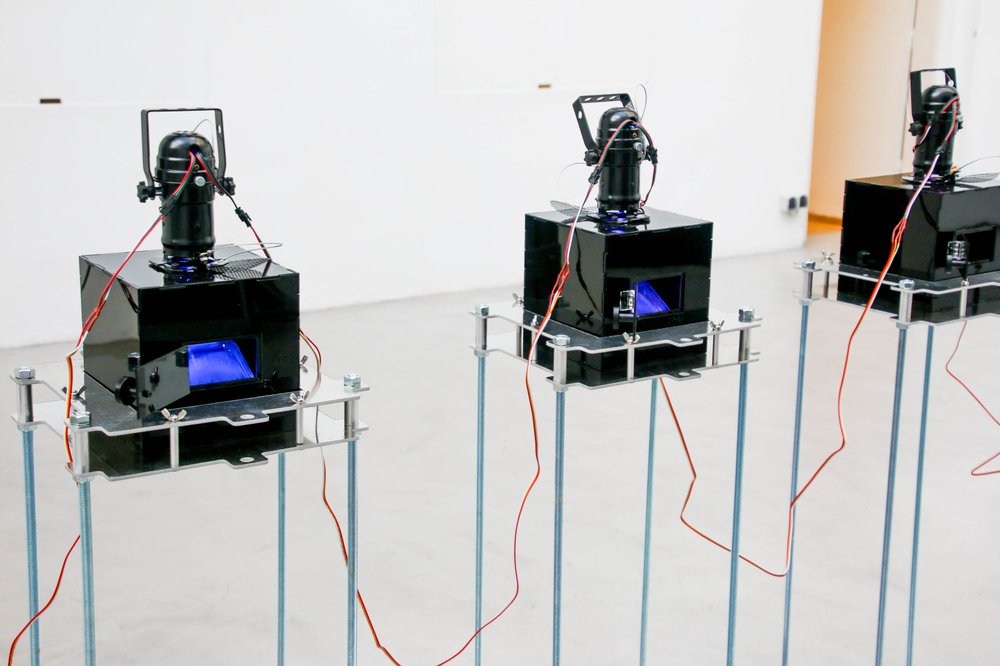
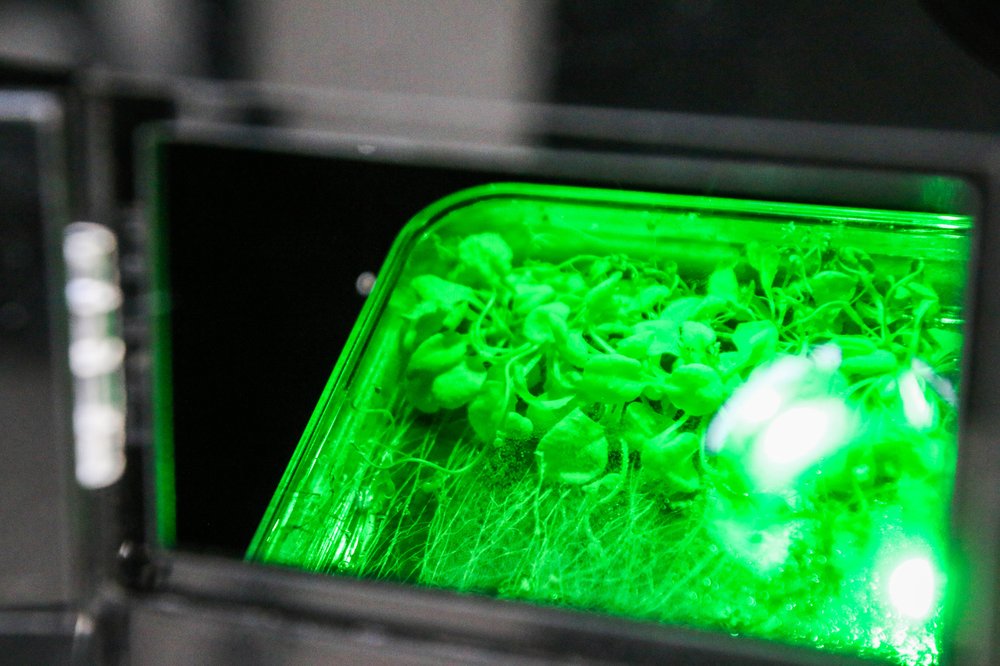
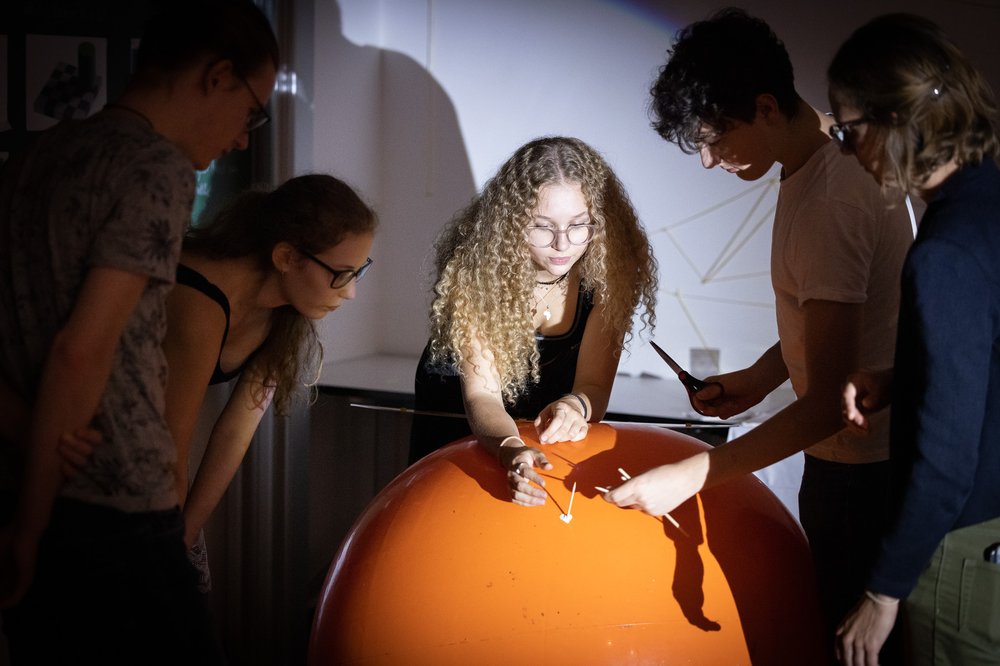
BV: Why are the majority of people disinterested in science, don’t trust science and are even downright anti-science?
MM: We find ourselves in a challenging time in society. There is more information available than ever before. If we no longer understand this information and the new technologies and machines, we get the feeling that we are losing control. We tend to reject what makes us feel insecure or look for easier solutions and answers that give us a sense of security.
CB: It is also up to us scientists to actively counter this tendency. In order to strengthen trust in science, we should do a better job of communicating to the public what we are researching and, above all, how we are researching.
BV: Science never happens in a power-free space! Oil companies such as Shell, Exxon and BP have known about the dangers of climate change since the early 1970s, as they had commissioned studies on the subject. But they prevented them from being published. This encourages those who accuse research of not being objective and credible!
CB: Although these studies were not published, there is still a very clear scientific consensus that climate change is anthropogenic, caused by humans. The corporations could at best delay this realization, but not prevent it. Science is not the opinion of a single expert or consists of a single study, but is the current consensus of experts in the field.
“Questioning”
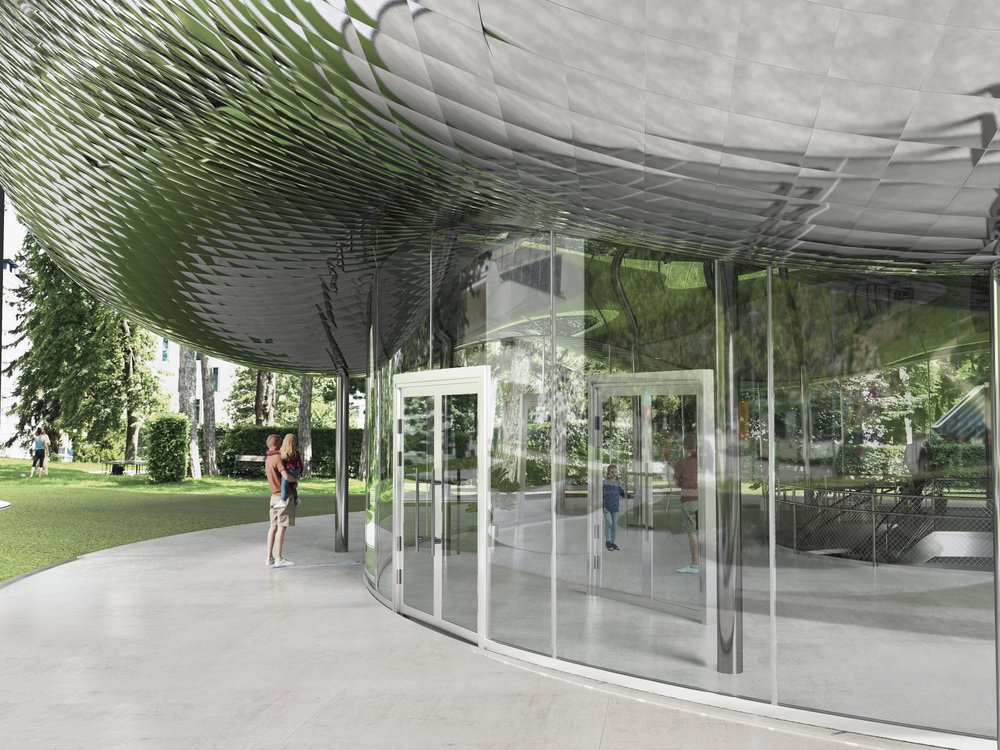
BV: Isn’t there already a problem with the funding of research, especially in the fields of mathematics, computer science, natural sciences and technology? Large corporations are pursuing their own interests. Should external funding by companies be banned as a matter of principle?
CB: A lot of good things also come out of externally funded research. We should simply play with open cards. However, it is in any case standard scientific practice to disclose how a study has been financed. Everyone can form their own opinion as to whether there are special interests involved. I believe in the positive power of objectivity, facts and science; they always prevail in the long run. With our initiatives, we want to empower people to take a closer look, to question things critically, but also to better understand the limits of science.
BV: In school, science is often taught as a collection of facts that must not be questioned, not even the question of the meaning of the taught material for future life is allowed. Isn’t that scandalous?
CB: We can only strengthen trust in science if we make it clear that it does not consist of a yes and no, a black and white, but is a critical process of approaching reality. The focus of Austria’s current teaching is actually on conveying and testing factual knowledge, rather than on questions and questioning. In addition, in school we talk almost exclusively about scientific findings up to the year 2000. Current research and “science in the making” are hardly ever mentioned in class.
BV: I certainly didn’t learn how current science and the processes behind it work at school!
CB: We want to fill this gap with our projects. The latest PISA and TIMSS studies show that Austria’s pupils are good at reproducing factual knowledge, but are below the international average when it comes to interpreting data and formulating arguments. With AI chatbots, we get a lot of information at the touch of a button and it usually seems plausible, which is in the nature of technology, but is it? The keyword is source critique, questioning information and, subsequently, a real understanding of science.
“Science as consensus of experts”
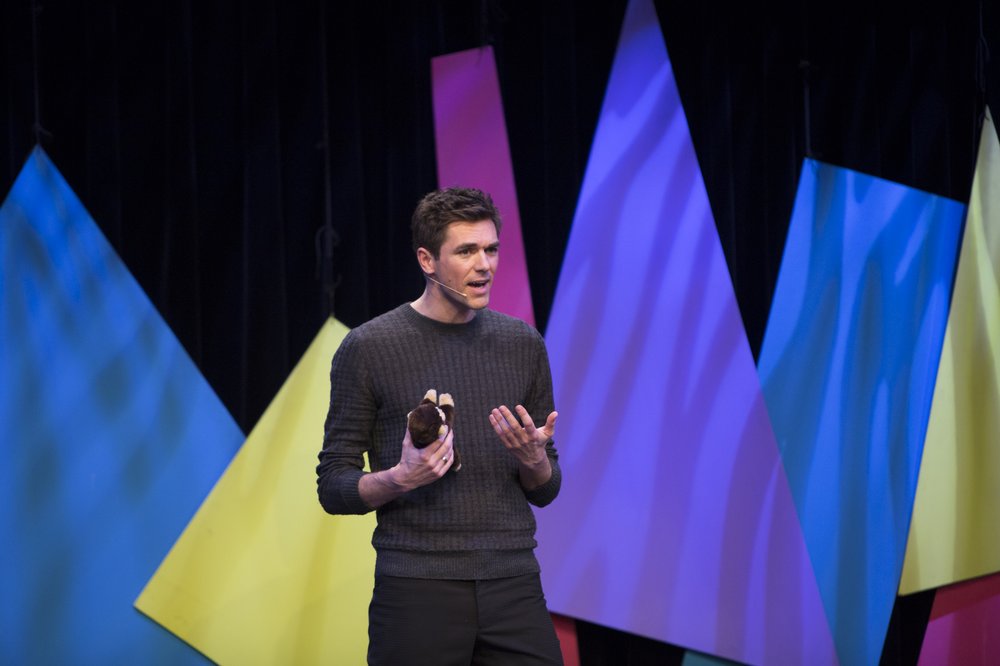
BV: There are no simple answers to complex questions. That’s not satisfying!
CB: Science tries to get as close to reality as it can on the basis of current data. This was an issue during the Covid-19 pandemic, for example, when many people believed that a final solution had been found with the vaccines. But science never claimed that, it was more the wishful thinking of some politicians. Science has said: “Look, we know that viruses will adapt and evolve in the future, but we don’t know how.” I’m a little surprised that the development of vaccines, which save millions of lives worldwide, is leading to such polarization.
BV: Why does what you are doing promote democracy?
CB: We humans constantly have to make decisions that lie outside our realm of experience and knowledge. When I go to the doctor, I trust her, just as I trust a mechanic to repair my car to the best of his knowledge. So in all areas that lie outside my own expertise, I have to trust someone. The ability to critically evaluate information, to distinguish between scientific consensus and puffery, is a basic prerequisite for democratic participation.
“Empowering young people to distinguish between scientific findings and fakes”
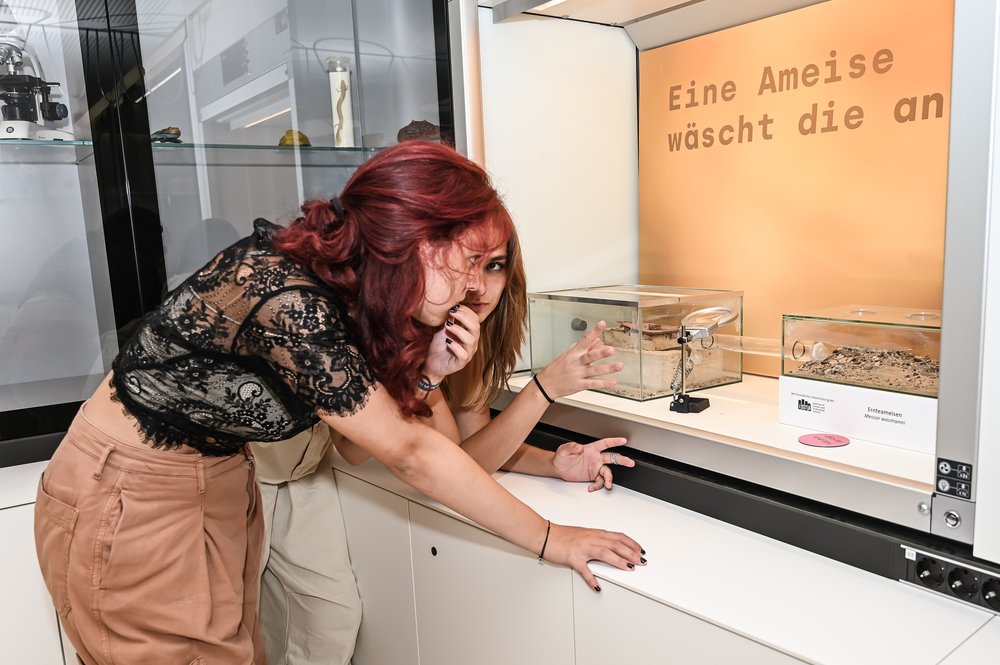
BV: Conspiracy theorists are also vying for our trust!
CB: But their arguments are pseudoscientific at best. I think we can trust science and should, in principle, be critical of individuals who hold opinions that are diametrically opposed to research. There have always been conspiracy theorists, but with social media they have also been given a very powerful megaphone and reach many people. This makes it all the more important that we empower young people to distinguish between solid scientific findings and fakes.
BV: Where and how do you intend to reach the public with your projects?
CB: School, for example, is a place where one can reach many people and teacher training is certainly a strong lever.
MM: In my personal opinion, we only ever talk about schools when it comes to education. The educational opportunities and potential outside of school, at home in front of the TV, in front of a book, in conversations with others, in galleries and museums or even at VISTA, are often underestimated. I see potential in collaborating with a wide variety of arts to create opportunities to reach and empower people who don’t fit into the traditional education system.
BV: Mia, did your teachers ever think that you would end up as a creative in a scientific institute?
MM: Despite my great interest in the world, I wasn’t a good student in a classical sense. I always enjoyed reading, but I preferred daydreaming to paying attention in class, which didn’t go down well. I often didn’t do my homework because I was always busy with other projects in the afternoon and rebuilt things that I wanted to understand. But maybe that made me more creative than others and I was accepted to university to study art. In the end, that led me to science. That closes the circle.
BV: Thank you very much for the conversation.
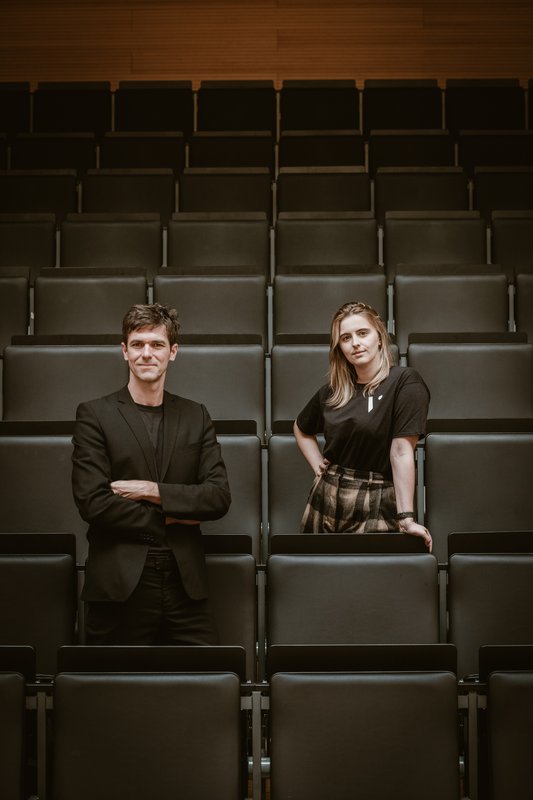
VISTA Science Experience Center
Mia Meus is a designer, curator and creative technology expert. Much of her work revolves around storytelling and communicating new scientific findings, as well as the latest technologies and their impact on our lives and our society. At ISTA, she works as a curator for scientific exhibitions and communication projects that creatively convey the Institute’s cutting-edge research in collaboration with young artists.
Christian Bertsch is a university professor of science education and heads the Science Education department at ISTA. He and his team are working to strengthen confidence in science by demonstrating how science creates knowledge. In the lecture hall, at the VISTA Science Experience Center, at the Science-Heurigen or with the Science Tuk Tuk in public spaces.




